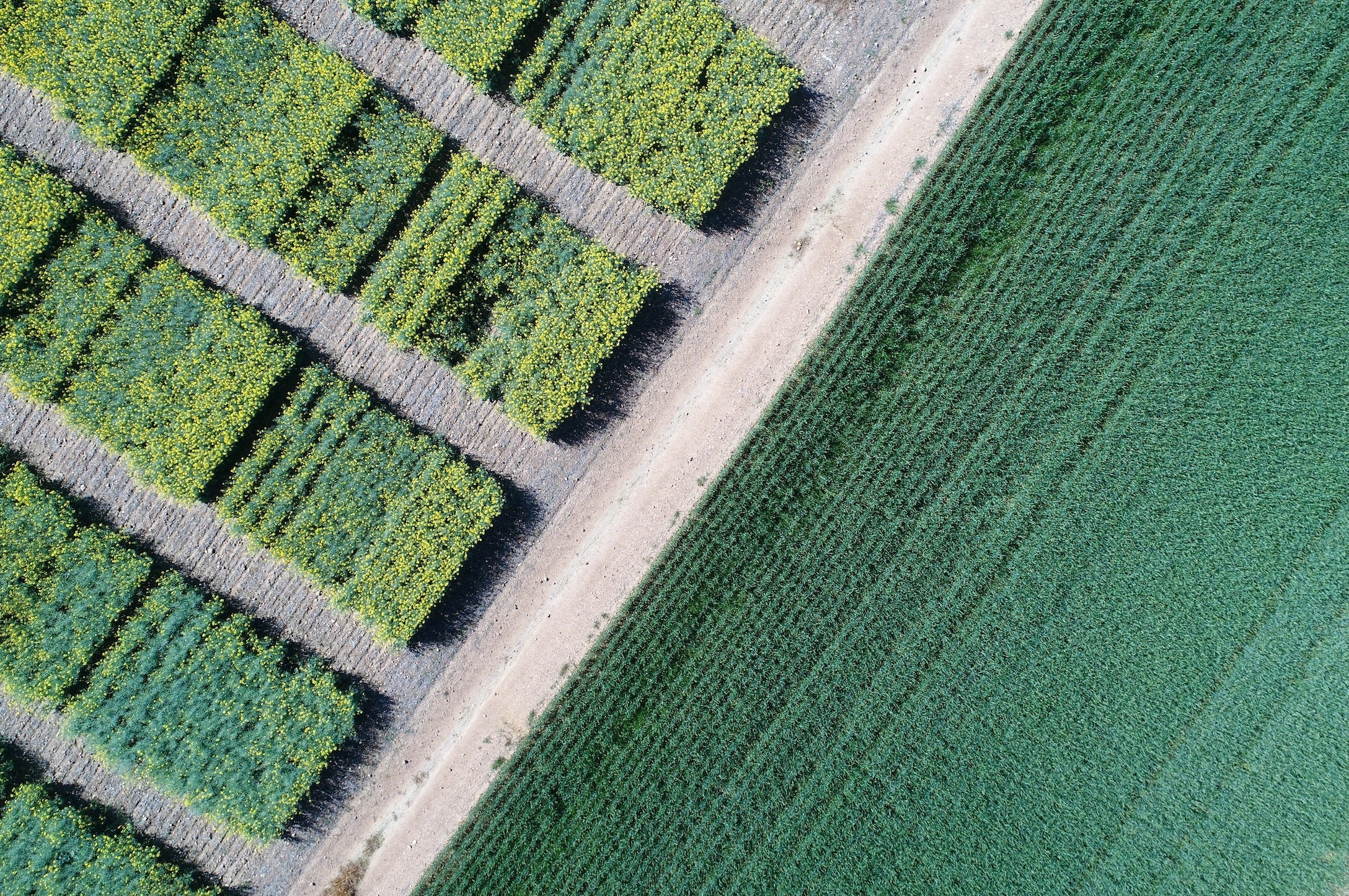After spending years amongst the Northern Californian cannabis growers, I have seen all too clearly the detrimental effects legalization has had on small farms. With no land cap on large farms and no pesticide enforcement in place, large companies are able to buy up land pay for expensive business licensing. This leads to large crops sold at lower prices, with standards not rooted in sustainable practices, that some small farmers have been relying on.
Since legalization has occurred many family run, small, organic farms in the hills have had to shut down due to the large fees that come with running a legal business, and the over saturation of the market.
This often leaves the consumer forced to purchase cannabis that is being grown using unsustainable practices by large scale grow companies. However with a little research, consumers have the opportunity to keep organic and sustainably-grown cannabis thriving.
After all, supporting cannabis equity means supporting both the humanity of the people who work and engage with the plant and the sustainability of the land and the people that use it.
Legalization is a wonderful thing, but with it comes some urgency around environmental practices. In an article from The Guardian on the fossil fuel use of the cannabis industry states that “producing just a couple of pounds of weed can have the same environmental toll as driving across America seven times,” with the most significant environmental impacts caused by power consumption, water usage, polluting wastewater, and improper land usage.
Unlike other valuable agricultural crops, publicly-funded research on how to grow cannabis most efficiently has been limited. The carbon footprint of legalization is weighing on cities and states that grow and sell cannabis products. For example Denver’s electricity use has been edging up at a rate of more than 1 percent a year, as reported by The Guardian, half of that increase is due to marijuana-growing facilities.
On one hand, this is an issue for government officials and policy makers. Once weed is legalized at a federal level there will be a chance to put nationwide regulations on growing practices, such as water and land use. These federal standards would also include tax breaks for businesses for implementing sustainable practices such as solar power.
However, in this delicate ecosystem of a growing industry, the responsibility of instilling the cannabis industry with sustainable practices can also (at least somewhat) lie with the consumer.
Many small and large producers are working hard to change their own environmental impact. Education and awareness of product consumption can help cannabis purchasers buy into sustainable practices and ensure the future of cannabis follows a track to sustainable standards.
Buy Local, Buy Certified
Let’s talk about the farmer. Their growing practices are perhaps the most crucial aspect of sustainability as a consumer. The easiest way to start is to buy local. Of course, it’s easier done if you live in states like California, Washington, Oregon, and Colorado where large crops are being cultivated. But buying local helps consumers to know the farms they are purchasing from, ask questions of the cultivators, and it cuts down on carbon emissions in the transportation process.
For those living outside of the cornucopia of these emerald triangles, it’s important to look for certifications. Currently a lot of “greenwashing” happens in the industry, mostly due to the drug classification on a federal level, which makes USDA organic certification impossible. However, there are trusted certification processes the industry is currently working with. Look for the following: Clean Green is the industry standard working in California, Colorado, Oregon, Nevada, and Montana. Other third-party certifications for growers, manufacturers, and retailers include EnviroCann and TCC Standards of Sustainability.
The TCC Standards of Sustainability is what we call “beyond organic.” This certification ensures farmers are eliminating pesticides and synthetic fertilizers and are utilizing native soils, rainwater catchment, and regenerative farming techniques in their cultivation. Check out the Clean Green website for an extensive list of cannabis businesses that are meeting this standard in sustainability.
Another easy way to spot classification of weed that helps maintain a sustainable standard is “sungrown.” Growing cannabis in large warehouses, while it helps to create a contained growing system, takes an incredible amount of energy. Relying on the ever-burning giant ball of fire that floats everyday through our sky for growing light is the number one green initiative growers can take towards lessening their impact on the environment.
Juna and Cordial Organics, have both made commitments to their communities to purchase from boutique farmers who are making a commitment to sustainability. Edible companies to watch out for in the sustainable sector are Pacific Northwest based gummie brand Wyld Canna and chocolate and gummie cannabis brand Gron Chocolate. If you are in the market for CBD, Rosebud, a CBD oil producer from Oregon states on their website that they are “on a mission to set the bar in the rapidly-growing industry through a direct relationship with our farmers, transparency with full control studies, third-party lab test and batch reports.”
Packaging
Due to regulations on the packaging of cannabis, each item must be packaged individually. This makes trash production one of the bigger issues in unsustainable practices in the cannabis industry. Many companies, such as the CBD infused Shae Brand, are using packaging from eco-friendly third party companies, so there are plenty of sustainable alternatives.
Sana Packaging has been the pioneer in creating cannabis packaging out of ocean plastics. Since much of the cannabis industry is based on the West Coast, these ocean plastics are easily accessible and abundant. Leading in the compostable packaging field is Elevate Packaging, who manufacturers their products with wind energy and prints with vegetable ink.
We are at an incredible point in cannabis, industry wide, and with it comes the need for environmental best practices. Cannabis could be one of the first industries to use a consumer-down model where the consumers are able to change the way the product is purchased.
But it will be, in some part, up to consumers to educate themselves and show producers just how much we value sustainability.






